When people think of Rajasthan, they imagine endless deserts, golden sand and scorching heat. But during the monsoon season, Rajasthan turns into a cool, green, and refreshing paradise. From July to September, the lakes of the state are surrounded by water, the hills have succumbed, and the colorful festivals are filled on the streets. If you’re wondering whether Rajasthan in monsoon is worth visiting, the answer is a big yes! Here’s your complete rainy-season travel guide.
Rajasthan in Monsoon – What the Weather Is Like from July to September.
During July to September, there is rain in the greater part. Some places like Udaipur, Mount Abu, and Banswara receive more rain than other places. Rajasthan in monsoon weather is comfortable and cool, between 25 to 35°C. Lakes become filled with water, and hills are green. Also, the deserts themselves become fresh. The air smells good, the sky is grey, and all is peaceful and serene.
- Average temperature: 25°C to 35°C
- Atmosphere: Cool, breezy, less dusty
- Nature: Green hills, fresh air, full lakes, blooming flora
Tip: Carry a raincoat and umbrella as showers are often unpredictable.
Best Places to Visit in Rajasthan During Monsoon Season.
Now, let’s check out monsoon tourist places in Rajasthan.
Udaipur – The Lake City Looks Magical in Monsoon.
It is a fairytale in the rain. Lakes like Fateh Sagar, Pichola, and Swaroop Sagar sparkle and overflow. Udaipur monsoon travel is popular. Clouds revolve around the Monsoon Palace perched on a hill. Striding along the lakes or a boat ride is pure fairytale. You may also check out the 5-day tour from Delhi: Jaipur, Pushkar & Udaipur.
Mount Abu – The Cool Hill Station of Rajasthan in Monsoon.
It is the only hill station in Rajasthan. During the rains, it appears to be hugged by the clouds. Nakki Lake and the surrounding hills are very scenic. The highest point, called Guru Shikhar, provides a wonderful sight of the greenery. It is also a good place to relax, have hot tea, and enjoy the cold climate.
Bundi – A Peaceful and Scenic Town to Visit in Monsoon.
The place is a quaint town with ancient buildings and tales. Are you planning for Bundi monsoon trip? If yes, the water appears in the stepwells and waterfalls during rain. The massive Taragarh Fort dominates the houses, which glisten in the rain. If photo shoots or peaceful strolls are your thing, Bundi is ideal.
Ranthambhore & Sariska – Experience Monsoon in Rajasthan’s Forests.
Some sections of jungles of Ranthambhore and Sariska close during the rains. But the forest remains green and magical. You don’t spot tigers, but you listen to birds, smell wet leaves, and feel the forest coming alive. Sariska rainy season wildlife is a different kind of jungle adventure!
Monsoon Festivals in Rajasthan – Culture in the Rain.
Rajasthan isn’t about places. It also has party-friendly festivals during monsoon! Teej, celebrated in August, is a colorful celebration with singing, dancing, swings, and processions. Janmashtami and Raksha Bandhan are also happy times when families gather and celebrate. Book a 9 days tour from Delhi.
Benefits of Visiting Rajasthan in Monsoon
- Photographer’s delight – Rainy skies, reflections in lakes
- Fewer tourists – Enjoy monuments without crowds
- Lower hotel and taxi prices – Save money on tours
- Pleasant weather – No harsh heat, cool evenings
- Romantic vibes – Perfect for couples with misty views and hot tea
Why You Must Visit Rajasthan During the Rainy Season.
Follow a rainy season travel guide and prepare yourself. Now, let’s check out why visit Rajasthan in monsoon.
- No crowds of people: You get to experience palaces and forts without giant crowds.
- Cheap tours: Taxis and hotels cost less during this period.
- Improved photos: Rain, fog, and clouds create a painting-like atmosphere.
- Romantic time: Drinking tea with clouds outside is a lovely sight. “The desert comes alive and whispers sweet tales when it rains.” So, search for the best tour operators like Japji Travels and get your packages customized.
Things to Keep in Mind When Visiting Rajasthan in Monsoon.
While Rajasthan looks as wonderful in the rain, keep the following monsoon travel tips in mind:
- Apart from this, there may be slippery or waterlogged roads at times.
- Some wildlife parks in Rajasthan will still be closed. So, do check before visiting.
- You may feel sticky due to humidity in certain places. Check out 3 days tour packages from Delhi.
Travel Tips for Visiting Rajasthan in Monsoon Season.
Carry raincoat, umbrella, and non-slippery shoes with you. These are some monsoon packing tips.
- Take along mosquito spray and a first aid kit.
- Opt for hotels with indoor activities in monsoon. This includes music concerts, crafts, or cooking lessons.
- Snack on yummy rainy season treats like Ghewar, dal pakwan, and hot jalebi with rabri. Hey, there’s more. Of course, tea with pakoras!
Pros and Cons of Visiting Rajasthan in Monsoon.
| Advantages of monsoon travel in Rajasthan | Disadvantages of rainy season Rajasthan |
|---|---|
| Nice, cool weather | Some roads might get muddy or filled with water |
| All looks green and beautiful | Jungle parks can be shut at times |
| Hotels and taxis are cheaper | Humidity becomes tacky in some places |
| Fewer tourists, more quiet moments | Rain can keep you indoors |
| Best for couples or relaxation tours | Camel rides and desert camping are less fun in rain |
| Festivals like Teej are brimming with local festivity. | Driving through hilly areas is tough when raining. |
Final Thoughts – Rajasthan in Monsoon and Why It’s Worth Visiting.
The monsoon brings a side of Rajasthan that remembers many travelers. From Green Hills and Misty Lakes to lively festivals and budget, the rainy season turns this desert state into a dreamy destination. Pack your bags, take your umbrella, and experience the attractive monsoon magic of Rajasthan this year.
FAQs
Yes. The monsoon (July-September) replaces Rajasthan with a succulent, cooler season and low crowd in a succulent, green heaven. Popular spots like Udaipur, Mount Abu, Bundi and Banswara are particularly beautiful during this season.
Rainfall varies across the state. Mount Abu, Udaipur, Bundi and Banswara receive heavy rains, while desert areas such as Jaisalmer and Bikaner receive light, scattered rains. Usually, the rain occurs in less bursting rather than a continuous turn.
Top monsoon destinations include:
Udaipur: Overflowing lakes and misty palaces
Mount Abu: Cool, cloudy hill station vibes
Bundi: Scenic stepwells and waterfalls
Ranthambhore & Sariska: Green forests for birdwatching
Banswara: Known as the “City of Hundred Islands” with highest rainfall
Pack essentials like:
Raincoat or umbrella
Non-slip waterproof shoes
Lightweight, quick-dry clothing
Mosquito repellent
Waterproof bags for gadgets and documents

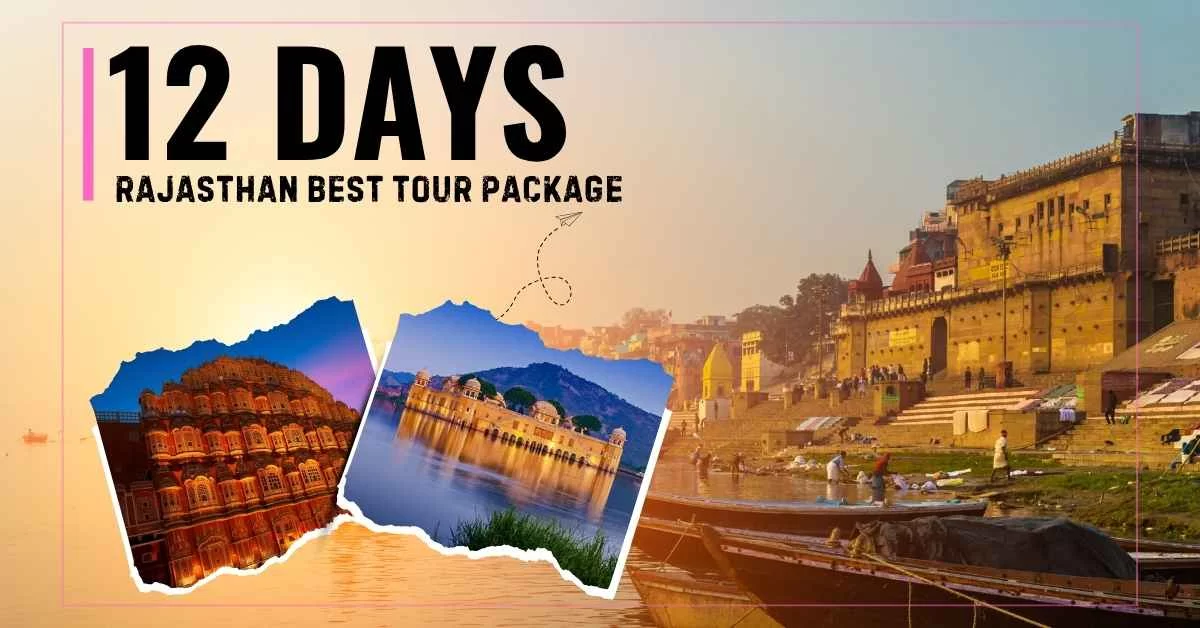
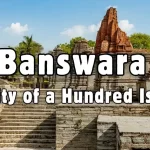





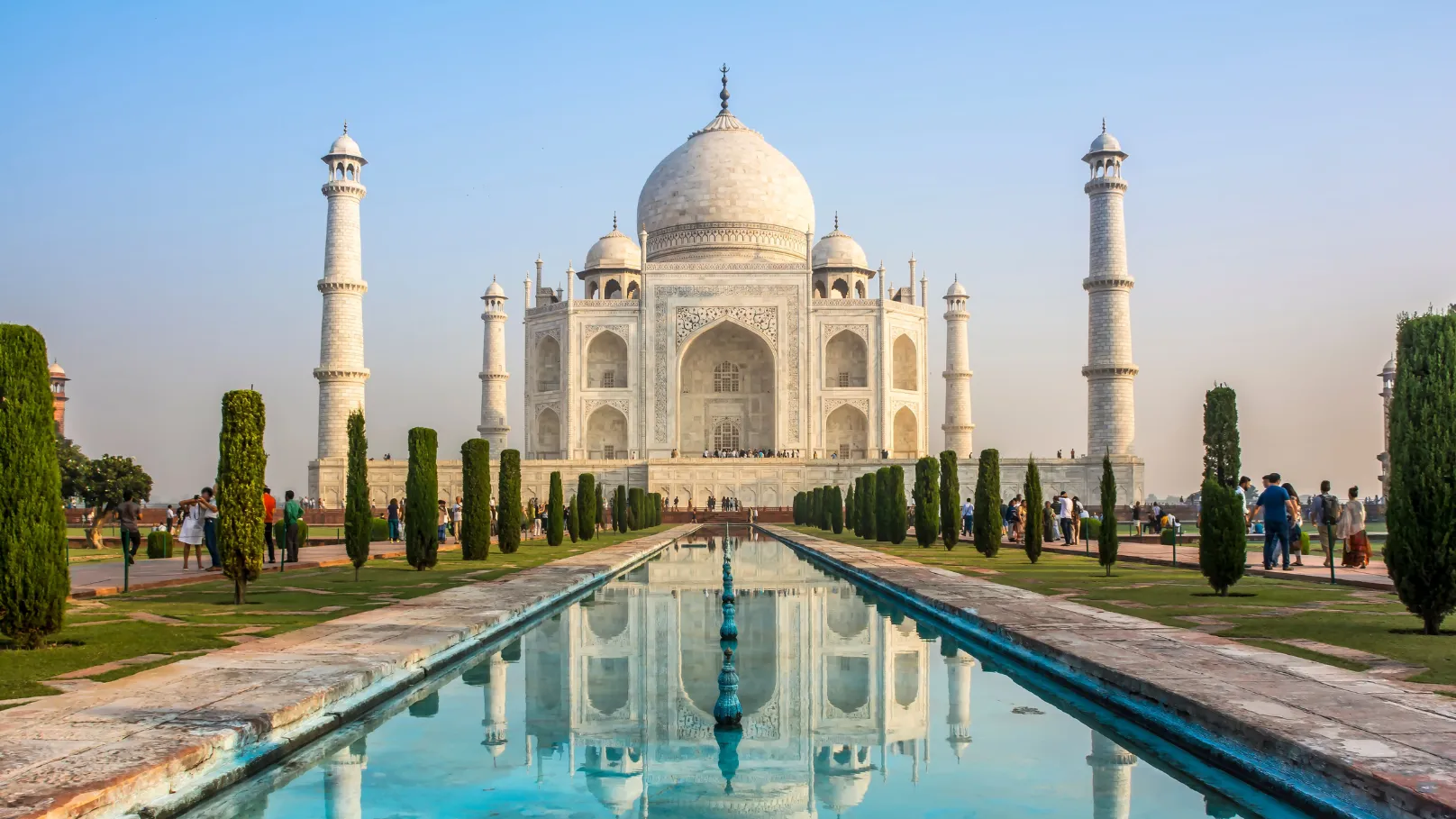
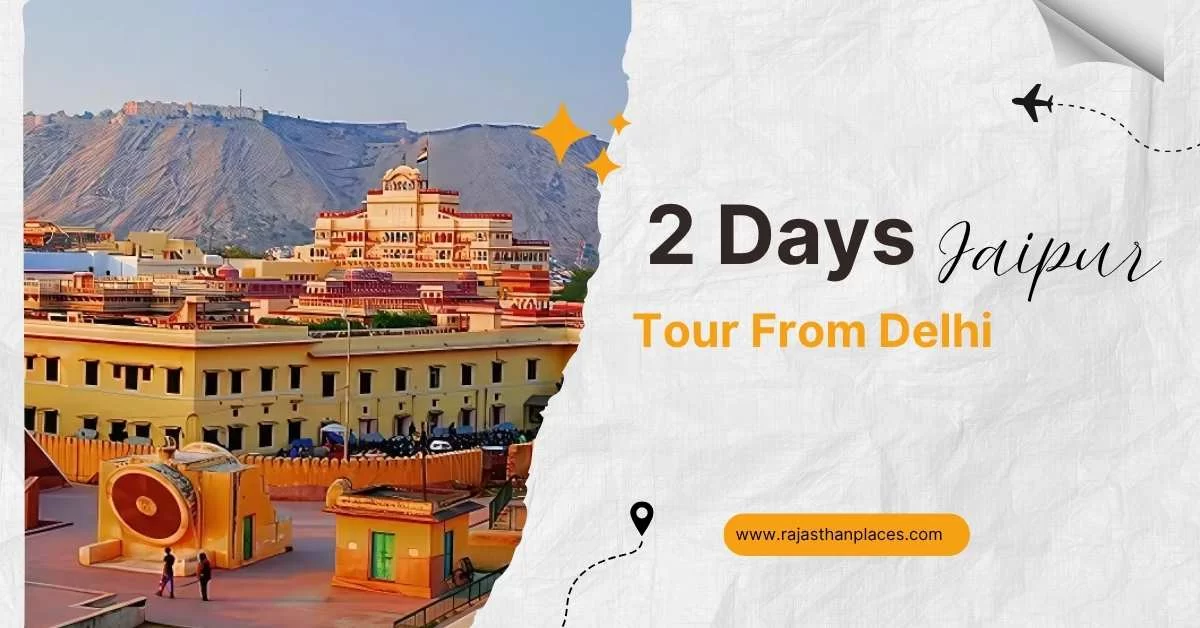
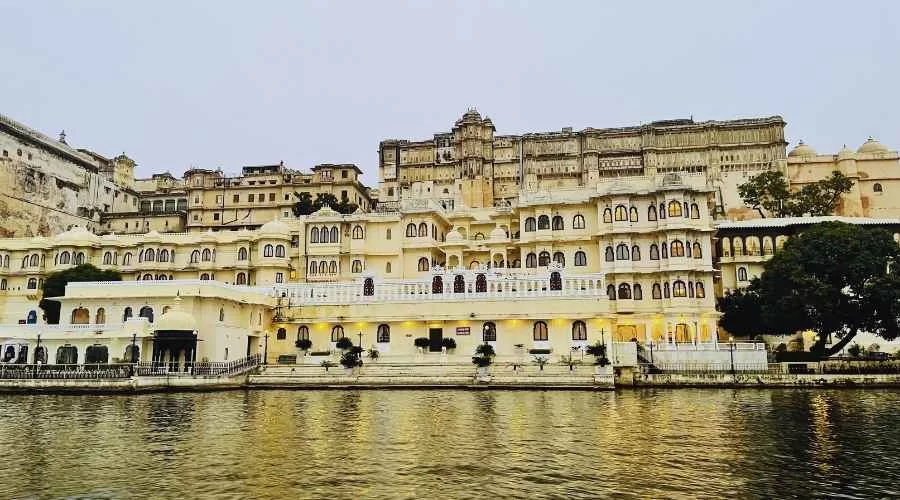

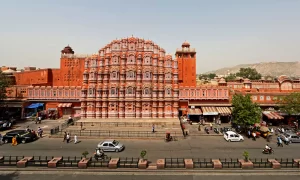


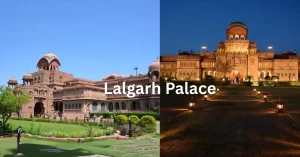
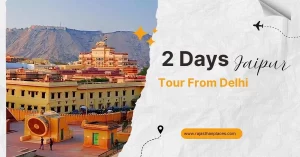

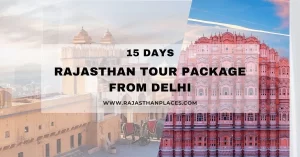
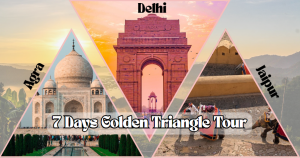


Leave a Comment